In This Article:
As the first gentle breezes of spring sweep across our beautiful landscapes, something magical begins. After months of enduring the harsh winter, South Africa is ready to burst into life again, as if the entire country holds its breath, waiting for nature to paint the land in vibrant lush green, yellow and pink hues. The air hums with energy, birds sing louder, and the earth feels full of promise, ushering in a season where everything feels fresh, new, and exciting.
For the people of South Africa, especially those in rural regions, spring symbolises renewal and rebirth. In the heart of Limpopo, where lush, fertile valleys stretch across the land, spring is deeply connected to their culture. In Venda, this season is a sacred time of transformation and reconnection with the earth. As the land comes alive, the earth gives back to its people, offering fresh, indigenous ingredients that have been staples in their diet and traditions for generations.
For the people of South Africa, especially those in rural regions, spring symbolises renewal and rebirth.
After the long, quiet rest of winter, nature stirs and gently awakens from its slumber. The earth breathes once again, whispering promises of new beginnings. With this renewed breath comes the joy of fresh crops and the discovery of wild treasures waiting to be foraged, like bush okra (jute leaves), blackjack, and amaranth leaves. These humble yet nourishing gifts from the land are eagerly gathered, as the land generously provides its people with the ingredients they need to thrive.
As the first shoots break through the soil, they carry with them ancient stories passed down through generations. Each plant and each harvest serves as a link to the past, a living connection to those who came before. These traditional indigenous ingredients are more than just food; they are whispers of hope, a bond to ancestral roots and the spirit of resilience that flows through the land and its people.
I want to take you on a journey through the gardens and wild spaces of Venda, Limpopo, where traditions come alive through the hands of local foragers like my grandmother. With care and knowledge passed down through generations, she picks these hidden gems to nourish her family and sustain the community.
What makes these plants so special is that they aren’t exclusive to Venda; they’re part of the wild bushes that blanket South Africa. Many of these indigenous ingredients grow right before our eyes; we just simply need to develop an eye to see them and recognise them for what they are: food, full of life and abundance. In the untamed corners of our country, these treasures quietly thrive, waiting to be appreciated and celebrated.
Bush okra (jute leaves)
Let me introduce you to one of the true treasures of local ingredients: bush okra or jute leaves as it’s lovingly known. This plant is a cherished springtime favourite, bursting with nutrients and transforming into a deliciously rich dish with a delightfully slimy texture and earthy flavour when cooked. It pairs perfectly with traditional maize porridge (pap), creating a meal that’s as comforting as it is nourishing.
For generations, the women of Venda have lovingly maintained the tradition of foraging for bush okra, known locally as delele. They’ve passed down their knowledge through the ages, teaching where and when to find the very best leaves.
As the sun begins to rise and the morning dew still clings to the leaves, elderly women like my grandmother are already at work in their gardens. With practised grace and gentle hands, they gather baskets of tender, young bush okra leaves. For these women, the act of foraging is an expression of love and care for their families.
I remember eagerly watching my grandmother during my visits, as she meticulously prepared this treasured green. The anticipation of eating the freshly cooked leaves with my hands was always a highlight. For the Venda people, bush okra symbolises healing and nourishment. My grandmother would always say, “It’s medicine,” and it’s easy to see why. Indigenous ingredients like bush okra have long been used by the Venda people to treat coughs and digestive issues. One bite of this nourishing greenery, and you can almost feel your body being restored and revitalised, celebrating the season’s promise of renewal.
For the Venda people, bush okra symbolises healing and nourishment.
If you’d love to experience the taste of these indigenous ingredients in spring, here’s a simple and delicious recipe for bush okra:
Ingredients
- 2 cups fresh bush okra/jute leaves, washed and chopped
- 1 teaspoon bicarbonate of soda (to enhance the slimy texture)
- 1 small onion, finely chopped
- 2 large tomatoes, chopped
- 2 cups of water (enough to boil the leaves)
- Sea salt to taste
Method
- In a medium pot, add the bush okra leaves and the bicarbonate of soda to soften the leaves.
- Boil for 10-15 minutes, stirring occasionally, until the leaves become tender and develop a slimy texture.
- Add the tomatoes and onions to the pot, then simmer until the tomatoes break down into a sauce. Season with salt to taste, then stir everything together and cook for another 5 minutes, allowing the flavours to blend.
- Serve delele alongside pap (maize porridge), enjoy!
Amaranth leaves
Next on our journey through the local ingredients of spring is amaranth, or vowa as it’s known in Venda. This vibrant leafy green thrives in the wild, often found growing abundantly in the fertile soils of South Africa during the spring months.
I recall a story from an East African friend who, upon her first visit to South Africa, was surrounded by unfamiliar sights and tastes. Yet, amidst the newness, she stumbled upon amaranth growing by the side of the road. It was a familiar sight from her childhood, and the amaranth plant seemed to welcome her with open arms. Without hesitation, she and her siblings gathered the leaves, embracing the free, cherished food from their homeland.
Amaranth holds a special place in the hearts of the Venda people as well. It’s a symbol of resilience, not only because it grows easily in the wild but also because it has been a reliable source of nutrition during times of drought and hardship. When the rains return in spring, so too does the amaranth, flourishing in fields and gardens. Even when it ages, it leaves behind seeds that can be harvested, dried and sold in the market year-round for flour and porridge.
When cooked, Amaranth has a slightly earthy, nutty flavour that complements hearty dishes. Often prepared with onions and tomatoes, it makes for a simple yet nourishing meal. This plant is so resilient that even if you try to step on it or pull it out, it will keep growing. Much like spring, amaranth embodies hope and teaches us that even the most modest plants can be a powerful source of strength and nourishment.
This plant is so resilient that even if you try to step on it or pull it out, it will keep growing.
Blackjack
Finally, let’s turn to the often-overlooked blackjack, or mushidzhi as it’s called in Venda. This wild plant, with its spiky seeds that cling to your clothing as you walk through the fields, is a true treasure of the South African landscape. Blackjack is one of those plants that many have written off as a weed, but for the indigenous people of Limpopo, it’s a highly valued ingredient that bursts into life during spring.
Its leaves are packed with vitamins and medicinal properties. Many grandmothers swear by blackjack’s ability to heal everything from minor wounds to digestive issues. Culturally, it’s a symbol of the earth’s generosity, something that can be easily overlooked but offers so much when you know where to look.
During spring, the leaves of the blackjack are tender and full of flavour. It’s often cooked with some peanuts or marula seed kernels if available, creating a rich, slightly bitter dish that compliments starchy foods like pap. Harvesting blackjack is an act of patience and knowledge, as you need to pick the leaves before the plant flowers to ensure the best taste. Just like the spring season itself, blackjack is a sign of the quiet rebirth that happens all around us if we take the time to notice it.
As we conclude this journey through the vibrant gardens and wild spaces of South Africa, one thing becomes abundantly clear: our connection to the land is both profound and enduring. Just as plants emerge from the soil, we too can flourish and embrace the possibilities of the future.
May the spring season continue to inspire us to cherish our local ingredients, live in harmony with the earth, and face the future with hope. May the humble yet powerful presence of these indigenous vegetables: bush okra, amaranth, and blackjack continue to weave stories of connection, resilience and optimism, into our lives and our communities.

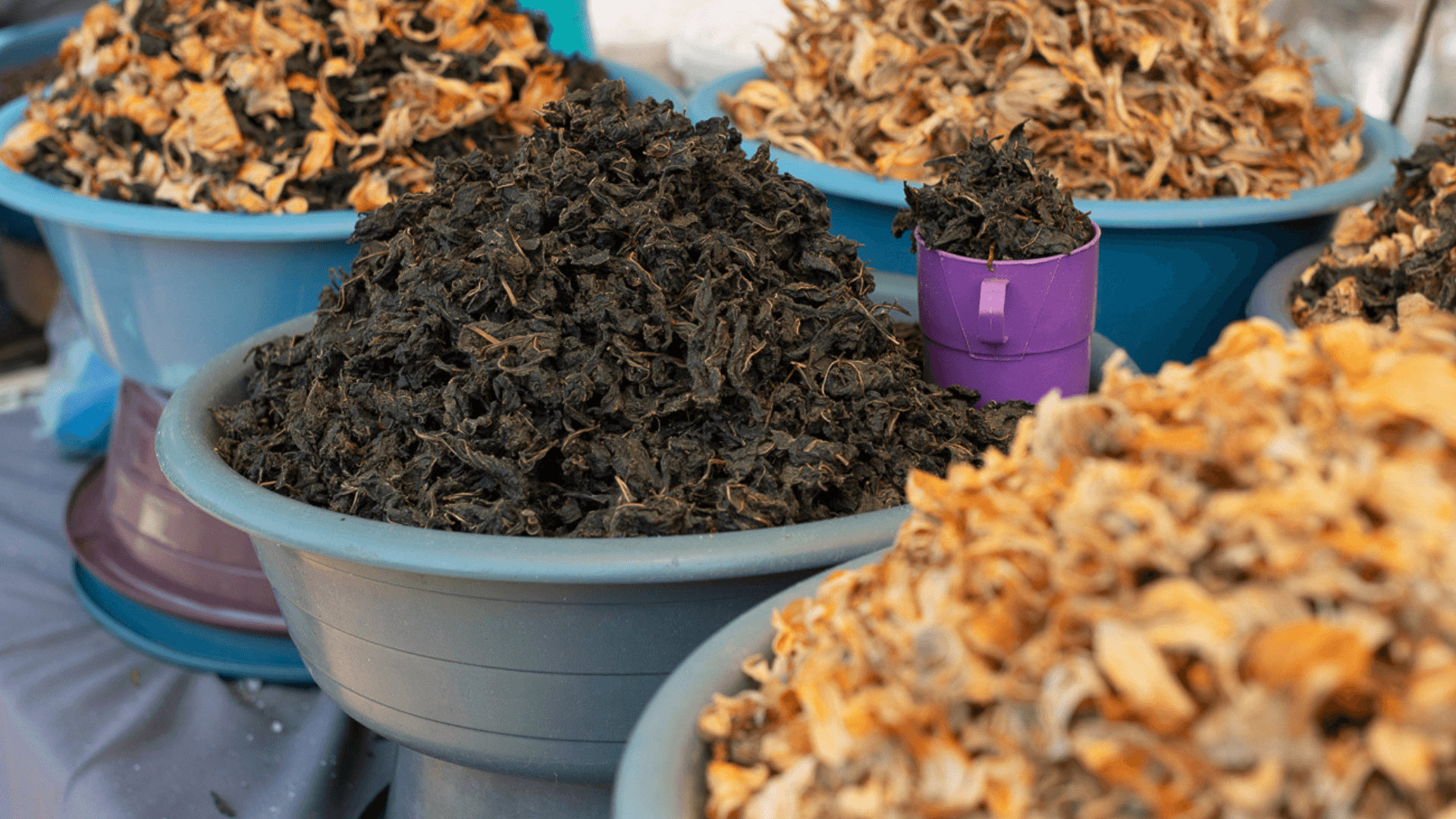
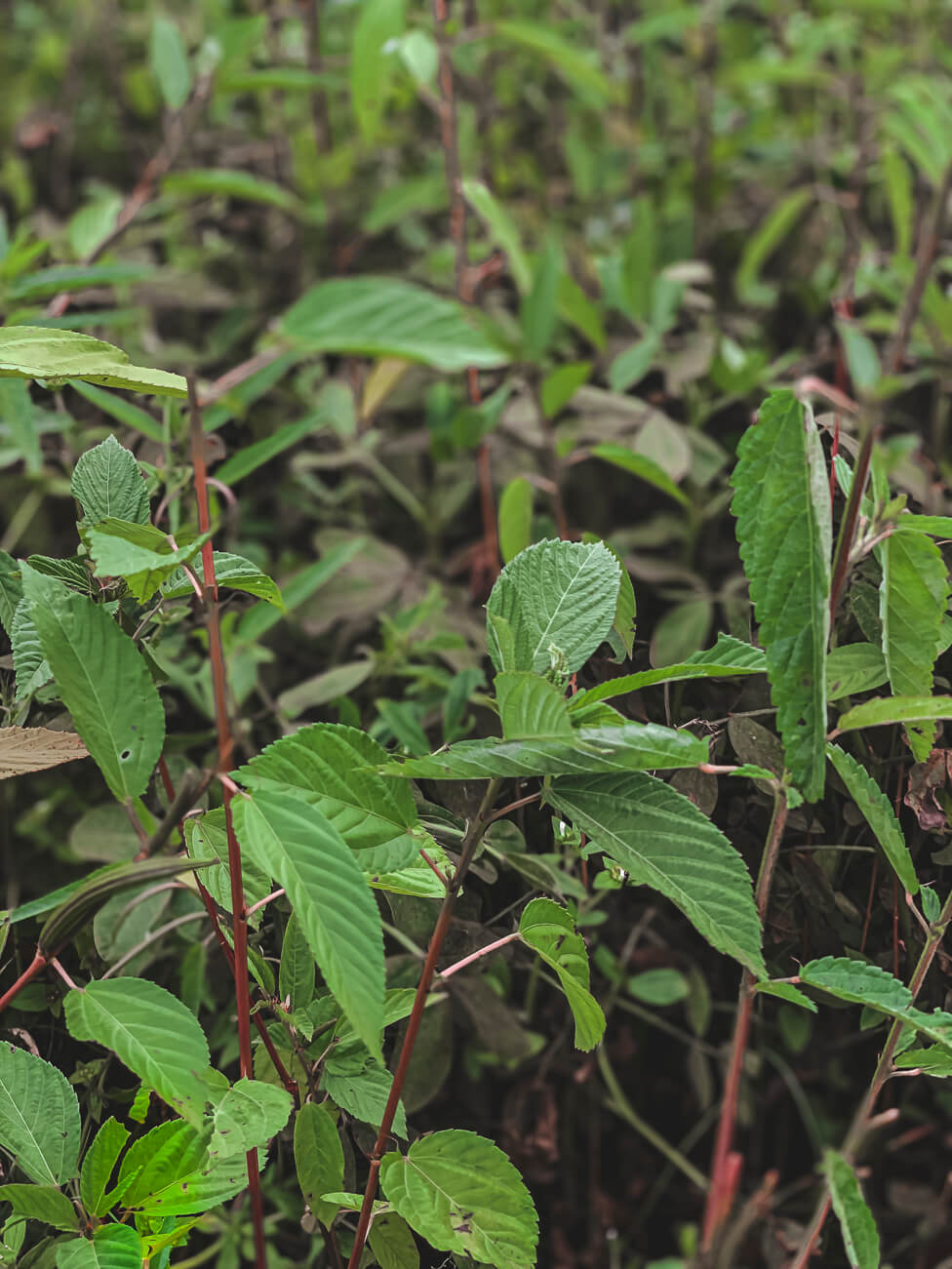
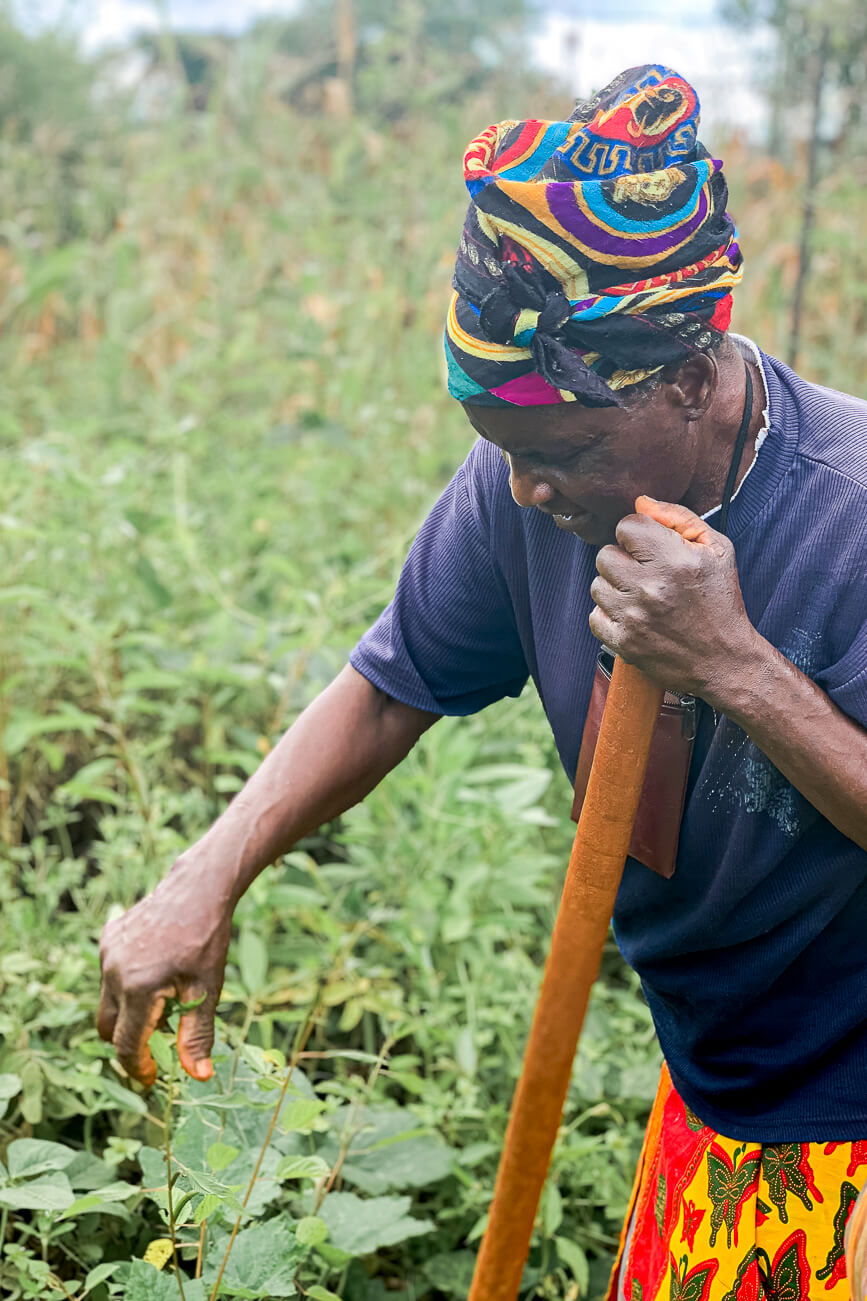
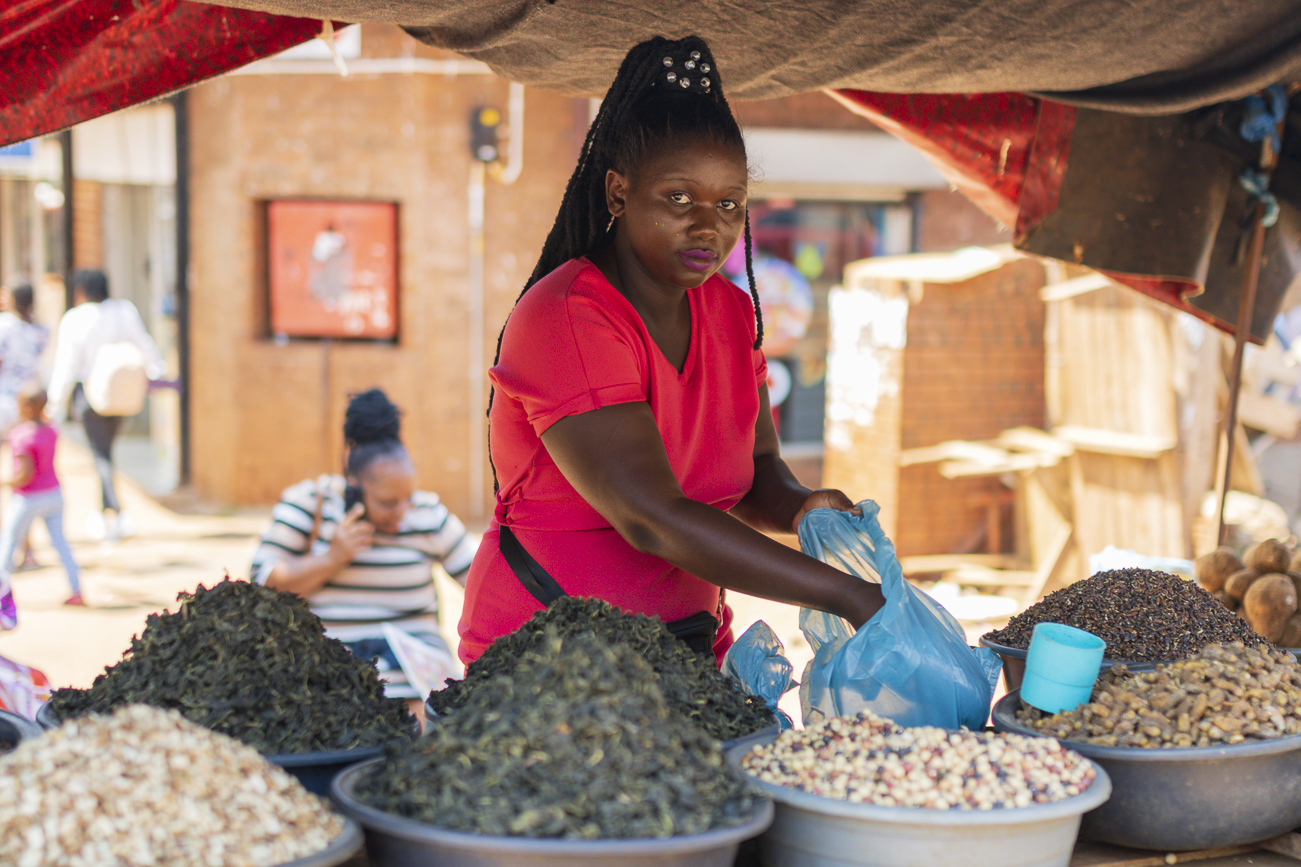
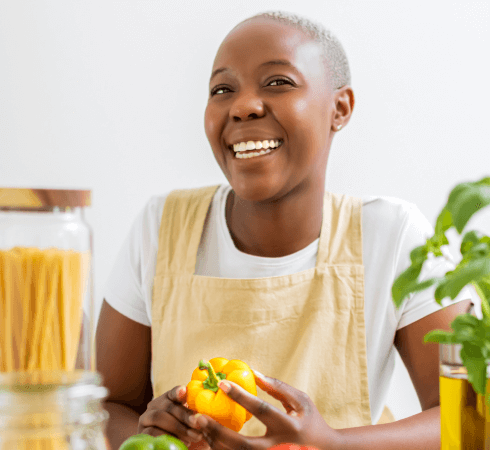
Beautifully written article! So little is documented about indigenous food and recipes. It is very refreshing to see food I grew up with represented!
Thank you for sharing such a beautiful and delicious African dish. It’s truly wonderful to see our rich culinary traditions being celebrated and embraced. Your article was exceptionally well-written, and I greatly appreciate the effort you put into highlighting the beauty of African cuisine.
Well-written article, and not only that, but it also ensures that this dish is preserved for generations. This is one of the top dishes enjoyed by the Venda people. It tastes great and revitalizes our bodies. Delele and pap is the best combo. A truly well-written article—top notch
What a great article that presents the healthy indigenous food that we grew up eating and enjoying, especially in Limpopo. This kind of dishes are the ones that we always remember when we are far away from Home.
Absolutely enjoyed this article taking me through a journey back to my childhood in rural north eastern Botswana. These are our staples too.
Thanks for sharing such a beautiful African food.This is one of the top and healthy indigenous food for Venda people.